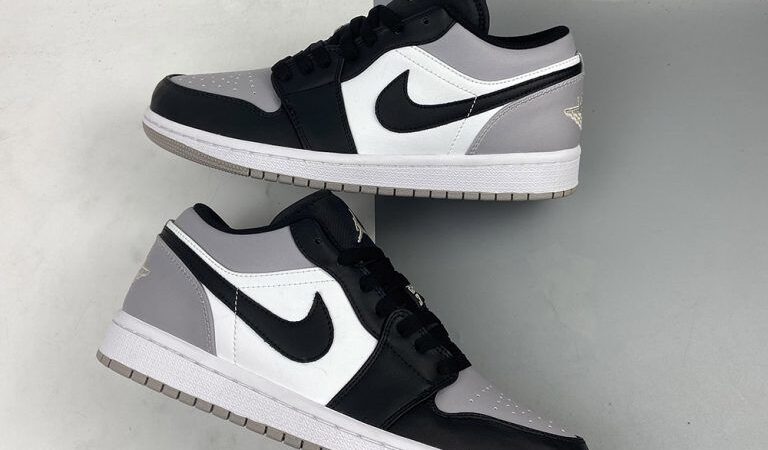How to Wear a Kilt Pin
The kilt, a symbol of Scottish heritage and a timeless piece of traditional attire, is a garment that exudes both elegance and pride. While the kilt itself is a statement piece, adding a kilt pin to your ensemble can take your Highland attire to the next level. The kilt pin not only serves a practical purpose but also allows you to express your individual style. In this comprehensive guide, we will explore the art of wearing a kilt pin, offering tips and insights to help you master this essential element of Highland dress.
Understanding the Kilt Pin
Before delving into the intricacies of wearing a kilt pin, it’s crucial to understand its purpose. The kilt pin is not merely a decorative accessory; it plays a practical role in keeping the layers of the kilt in place. Positioned on the front apron of the kilt, the pin adds a touch of weight, preventing the fabric from flying open in windy conditions. Additionally, the kilt pin serves as a statement piece, allowing the wearer to showcase their personality and style.
Choosing the Right Kilt Pin
Selecting the perfect kilt pin is a crucial step in achieving a polished look. Kilt pins come in various designs, shapes, and materials, ranging from classic Celtic patterns to more contemporary and personalized options. When choosing a kilt pin, consider the overall aesthetic you want to achieve and ensure that the size complements the scale of your kilt. A larger kilt may require a more substantial pin, while a smaller pin might be more suitable for a lightweight or casual kilt.
Positioning the Kilt Pin
The proper placement of the kilt pin is essential for both functionality and aesthetics. Ideally, the pin should be fastened on the front apron of the kilt, approximately two inches from the bottom and two inches from the side. This placement not only provides the necessary weight to keep the kilt in place but also ensures a balanced and visually appealing look.
Avoid fastening the pin too close to the edge, as this may compromise the fabric’s integrity. Similarly, placing the pin too high or too low can disrupt the overall harmony of the ensemble. Experiment with different positions to find the sweet spot that combines practicality with style.
Complementing the Outfit
While the kilt pin is a standout feature, it should harmonize with the rest of your Highland attire. Consider the color and design of your kilt when selecting a pin, aiming for a complementary or matching aesthetic. Traditional Celtic motifs, thistles, or clan symbols are popular choices, but feel free to explore more personalized options that reflect your individuality.
For formal occasions, such as weddings or ceremonial events, opt for a more refined and classic kilt pin. Conversely, casual events may allow for a bit more creativity and self-expression. Whichever style you choose, ensure that the kilt pin enhances the overall look without overshadowing other elements of your attire.
Securing the Kilt Pin
Once you’ve selected the perfect kilt pin and determined its optimal placement, it’s time to secure it properly. Gently lift the front apron of the kilt and pass the pin through the layers, ensuring it catches enough fabric to add weight without causing damage. Fasten the pin securely but avoid over-tightening, as this may strain the fabric and compromise the kilt’s structure.
Safety is paramount when wearing a kilt pin, so take care not to pierce the skin or cause injury during the fastening process. If the pin is particularly sharp, consider positioning it in a way that minimizes contact with the body.
Expressing Personal Style
While tradition plays a significant role in Highland dress, the kilt pin is an opportunity to inject your personal style into the ensemble. Embrace the chance to express your individuality through your choice of pin, whether it’s a family crest, a favorite symbol, or a design that holds personal significance. The kilt pin is more than a functional accessory; it’s a statement of identity and a celebration of heritage.
Mixing and Matching Accessories
To elevate your Highland attire, consider coordinating your kilt pin with other accessories. Match the metal of your kilt pin with the buckles on your sporran or the buttons on your jacket for a cohesive and polished look. While a certain level of coordination adds sophistication, don’t be afraid to introduce subtle contrasts that create visual interest without overwhelming the overall aesthetic.
Caring for Your Kilt Pin
Proper care and maintenance ensure that your kilt pin remains a timeless accessory. After wearing your kilt, remove the pin with care, avoiding any unnecessary tugging or pulling. Store the pin in a secure place, away from other jewelry or items that could potentially scratch or damage it. Periodically inspect the pin for any signs of wear or loosening, and address any issues promptly to prolong its longevity.
Conclusion
Mastering the art of wearing a kilt pin is a journey that combines tradition, practicality, and personal expression. From choosing the right pin to positioning it with precision, each step contributes to a polished and refined Highland ensemble. As you embark on this sartorial adventure, remember that the kilt pin is not just a functional accessory – it’s a symbol of your connection to Scottish heritage and an opportunity to showcase your unique style. So, embrace the tradition, express your individuality, and wear your kilt pin with pride.



